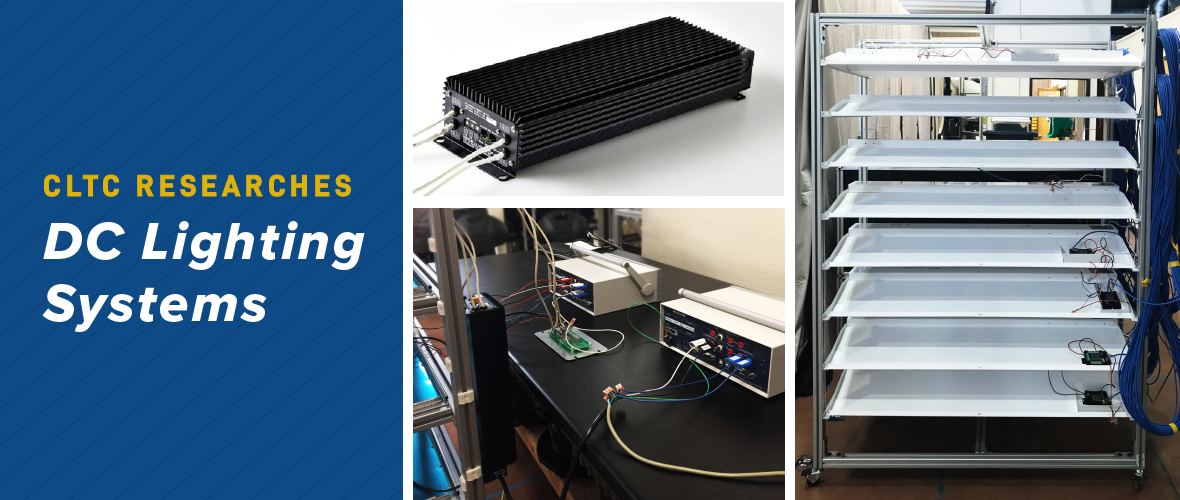
Historically, power distribution has been dominated by Alternating-Current (AC) which significantly influenced the design of connected energy-consuming appliances. With the emergence of electronics and digital controls as standard design elements in almost all appliance categories, the need for Direct-Current (DC) has emerged, even as it opposes traditional distribution practices. This issue is typically resolved at the appliance level with AC-to-DC converters.
An emerging design practice involves the centralization of appliance-level converters at a room, floor, or building level, combined with appliances designed to operate directly from a DC input. Additionally, some converter architectures conversion efficiencies improve as the overall DC load increases. While this practice has the potential to reduce costs by eliminating converters in each appliance and also increase the overall electrical efficiency of the system, there are many implementation barriers, such as amount of conductor or line losses, that may offset or exceed the benefits mentioned above. Additional potential barriers include atypical user interfaces, improper installation and maintenance, and lack of standardization.
Recently, CLTC analyzed DC lighting systems utilizing centralized AC-to-DC power supplies providing up to 480 Watts DC of output power. Results show that, at this power capacity, the efficiency gains from the centralized conversion of AC-to-DC power do not offset the losses created by the multiple DC-to-DC conversion line losses and the added load of the necessary, peripheral control equipment. In fact, AC-to-DC conversion losses attributed to the single, centralized power supply were the highest source of power loss in each DC system by almost an order of magnitude as compared to the other sources of power loss in the system.
